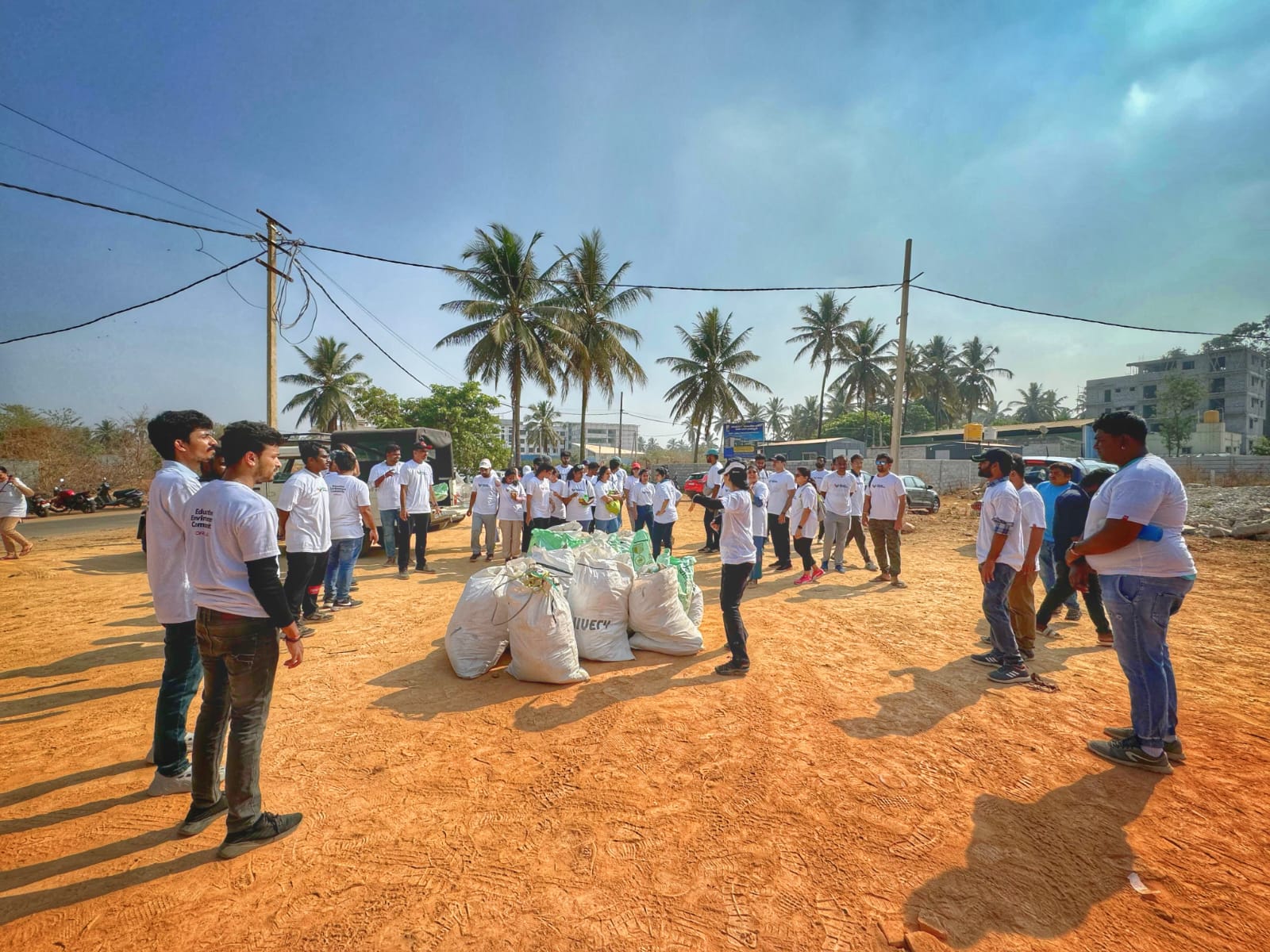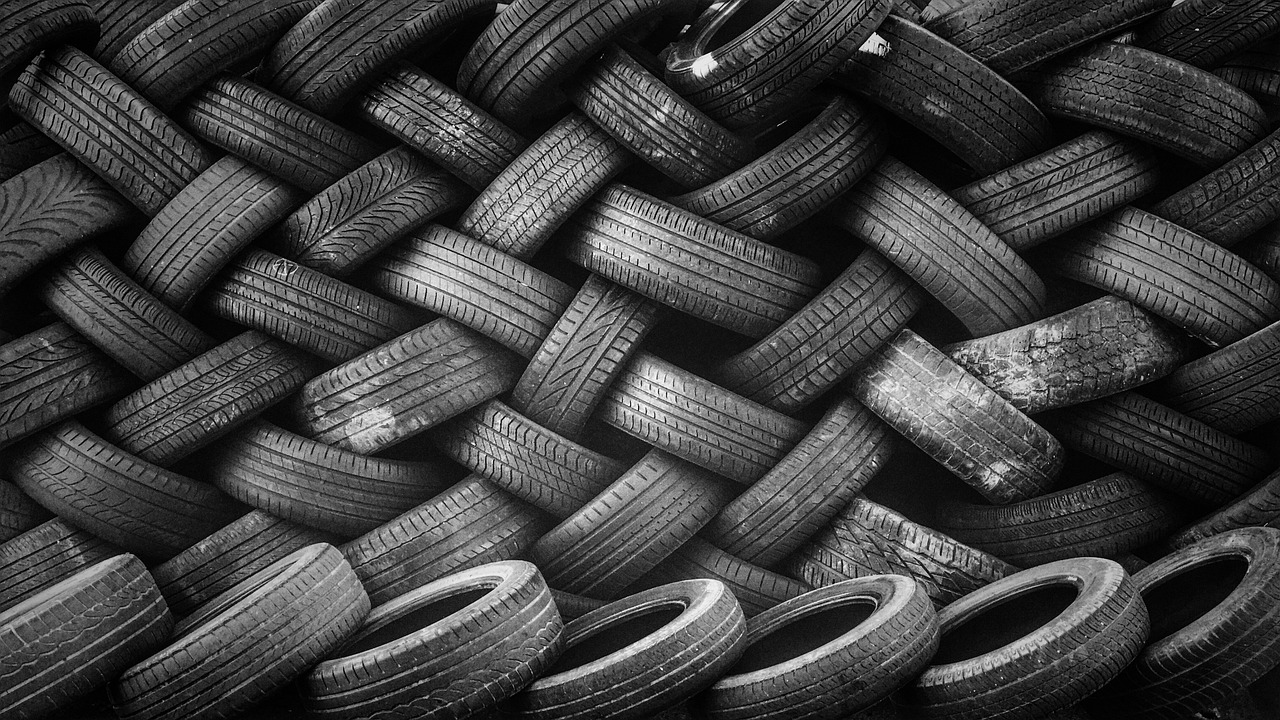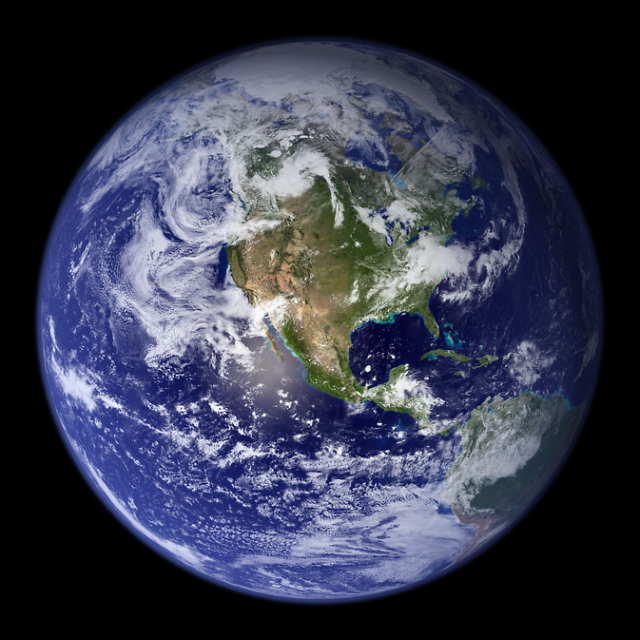Going by recent studies, we are well on way to plastic synthesis in our bodies. The wonder material has literally colonised the planet and its beings. The only recourse left is perhaps to recover, recycle and reuse all the packaging material as soon as possible. And to keep at it, instead of producing more.
Ever dreamt that an old footwear could end up inside a whale? Or that some casually discarded plastic covers will land inside an elephant’s gut, and kill it? Imagine the state of plastics in the environment if 25 pieces of it could be found inside a fulmar, an arctic seabird which weighs less than a kilogram.

All that is fact. A sperm whale that washed up at the Wakatobi National Park in Indonesia in December 2018 had 115 cups, 25 bags, four bottles and two slippers in its stomach. More than a thousand pieces of plastic weighing 6 kilos were counted in the whale’s stomach.
Research in north Indian forests showed that plastic comprises 85 percent of the waste found in the elephant dung, the bulk of which came from food containers and cutlery, followed by plastic bags and packaging.

Citizens with a civic sense go plogging or collecting the plastic and paper trash that mindless citizens throw everywhere. For more on their activities, check on Ig for Indiaplogman Raj.
In the south of the country, post mortem on a dead elephant found near a temple shrine showed it had died from ingesting around 2 kg of plastic, with one big piece blocking her alimentary canal and causing internal bleeding to gradual failure of her vital organs. Wild animals get habituated to food in plastic containers discarded carelessly by humans and even go rummaging garbage dumps, like the tusker Padayappa who had to be chased from a burning dump in Kerala’s Idukki district!
In 2017, more than eight million tons of plastics entered the oceans. Plastic has conquered the planet from Arctic to Antarctica, from Everest to the Mariana Trench. Unlike natural resources, plastic is not biodegradable. But it breaks down to smaller piece from weathering, erosion, etc. These are micro and nanoparticles that get carried by wind and water to places far from the source.
Plastic is everywhere. In the soil. In the water and air. Inside the bodies of many species, including our own.
Yes, while none of us may chew a plastic cover or swallow a slipper, plastic enters our bodies through food, water and air as microplastics 1/1000000th of a metre and more dangerous nanoplastics 1/1000000000th of a metre that can enter cells. Toxic effects of microplastics include neurodisorders, immune response, metabolic disorder, as shown by research done on models like cells, organoids and animals. Plastic particles have been seen to pass from lungs to other organs like heart, brain and foetus in rats.
A study in the US estimates that an average American ingests several million microplastic pieces a year! With every plastic PET bottle we use, we could be drinking in 240,000 microparticles per litre, says another study. Three of the US brands of bottles studied revealed as many as 90% of the plastic particles found were nanoplastics and only 10% were microplastics. Alarming, as we still do not know much about the potential damage at the cell level.

A litre of this water could give you over 200,000 plastic particles for free!
It is estimated that people who order take-out food 4–7 times weekly may intake 12–203 pieces of microplastics through containers. Research demonstrated that the degrading of silicone rubber teats when sterilised could expose babies to 0.66 million microplastic particles during a year of bottle feed.
Plastic in food
A study by McGill University found 90 percent of their animal and vegetable protein samples contained microplastics, while another one found these in carotid arteries of patients and indicated increased risk to heart attack, stroke, etc. A Netherlands study detected plastic particles in three quarters of meat and milk products tested, while a study published this year in Environmental Pollution showed that of the 16 types of protein sources including chicken, beef, fish, pork tofu and others, 88 percent had plastic particles! The more processed the protein source was, the more the plastic content.
Not all that goes in comes out as waste. Research has detected the existence of microplastics in human blood. Microplastics are found in the spleen, liver, colon, lung, feces, placenta, breastmilk, etc. Initial studies have shown that ultrafine microplastic absorption resulted in complex toxicity in zebrafish, and that microplastics under 100 nm in size can reach almost all organs once in the body.
Talking of microplastics, did you know tire wear and laundry wastewater are major sources?

A big source of micro particles.
Farmers across the globe are using plastic films for mulching, wherein the sheet helps retain water in soil and prevents weed growth. Sadly, once the crop is harvested these sheets are piled up on the roadside, where they break down into microplastics and mix with the soil, or sometimes burnt (in India). That is yet another route plastic has begun to take into the food chain!
Despite all the bad news, where do we stand today wrt plastics? Besides a speech or two on Earth Day or the more popular Environment Day to not use single-use plastics, it’s business as usual.
World production of plastic increased from two million tons in 1950 to 380 million tons in 2018. About half of all plastic on earth has been produced in the last thirteen years. If the current trend continues, around the year 2050, there will be about twelve billion tons of plastic in landfills and in the environment.
Since the large-scale introduction of plastic after the Second World War, a total of 8.3 billion tons have been produced. Of this amount, 6.3 billion tons have become waste as of 2015. Only 9% of that waste plastic is recycled and 12% incinerated. The remaining 79% ends up in landfills or in the environment. By this trend, we will have 12 bn tons of plastic in landfills and the environment by 2050.
Plastic production will increase by 40% in the next 10 years. If we don’t do anything about the plastic soup, oceans will carry more plastic than fish (by weight) by 2050.
Plastics are derived from natural, organic materials such as cellulose, coal, natural gas, salt and crude oil. Naturally, companies dealing in the production of any of the above are reluctant to let go of plastic. Plastic will keep taking on new avataars under marketing and innovation.
Ethane is a gas that is derived from shale gas. Plastic made of ethane now has a 40% share of world production because shale is cheap. The International Energy Agency predicts that ethane production will increase by 70% by 2030.
As consumers, we have a big role to play in calling halt to plastic pollution. Small measures can have big impacts, if we choose the Earth over our bad habits. Say no to sachets, say no to plastic water bottles, cups and straws, say no to plastic wraps on consumables and so on.
On a recent trip to remote parts of Nagaland, what I noticed was the stark contrast in the lifestyle. While homes are still thatched and often water has to be fetched from streams (pipelines were being set up), transport is very minimal as also healthcare, the one thing that was on par with the rest of the country was mobile network and the presence of packaged food of the kurkure and parle G kinds.
In quaint little wooden booths that stand in for the village shop, you can find the string of tiny plastic sachets! Of necessities like shampoos and tea, etc. The content inside is less and one needs to buy more than one for a family. To slit open these and throw the wedge, squeeze out whatever little is inside, can you imagine any possible collection for recycling??
Marketing strategies by the multinationals have resulted in million such plastic sachets at nominal prices dumped in rural countrysides. While Nagaland is conscious of waste and burns the plastic (also bad), in most other parts of the country you can see these torn sachets lying in the mud or water.
Plastic management
In India, any plastic packaging that cannot be recycled or used as alternate source of energy will be phased out, says a clause under the Plastic Waste Management (Amendment) Rules, 2022. Ideally, that should stand for these sachets which practically defy recycling, ‘with low utility and high littering’ potential — the definition used for banned single-use plastics.
Yet, under the Act, why is there no reference to sachets? The only reference to them is in a line saying sachets will not sell ghutka, pan masala or tobacco! All else is fine?? The sachets invite only a 30-60 pc obligation for recycling and a 70 percent extended responsibility from the producer, importer and brand owner.
In yet another marketing gimmick, you have vegetables and fruits wrapped in thin plastic sheets to make them seem hygienic! This is mindless mimicking of the west.
One of the ways to discourage wasteful packaging would be to impose a tax like UK did in 2022. The tax of GPB 200 per ton will be slapped on manufacturers and importers for specific products containing less than 30% recycled plastic.
Single use plastic of thickness below 75 microns is said to be banned in India from July 2022. But, we know, don’t we, the real truth? We still lack effective collection and recycling, not to mention nil monitoring!
What then can we do? Adopt a tried and tested method of passive resistance.
Refuse to buy or use (even if given for free!) those tiny sachets of sauce, pickles, mint, etc and now sanitisers and wet napkins too.
Go to any wedding or function and the sight of all those water bottles scattered around should bring to mind pictures of whales and elephants feeding on them!
Stop buying or using them. Carry your own steel bottle everywhere and avoid drinking in all that microplastic. Make a statement with your steel bottle. Tell family and friends of the 240,000 particles they will be ingesting in 1 litre! At least a handful will be converted.
Also, a spare glass is handy to avoid plastic or paper cups.
Buy a tender coconut and drink instead of ordering the tetrapack version. Even if it means taking a walk, rather than ordering on Instamart. Walking is good for health.
Bring down the demand for packaged food. Besides the plastic, the ingredients are not good for your health.
Let us take off the plastic wrap smothering life on our planet.
By Jaya
(Some of the above info was sourced from below sites:)
https://www.plasticsoupfoundation.org/en/plastic-problem/
https://environment.delhi.gov.in/sites/default/files/inline-files/pwm_epr_1.pdf
https://www.sciencedirect.com/science/article/pii/S0013935120305703
https://www.nejm.org/doi/full/10.1056/NEJMoa2309822



